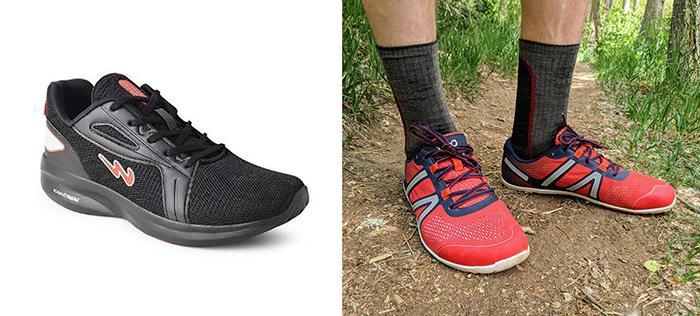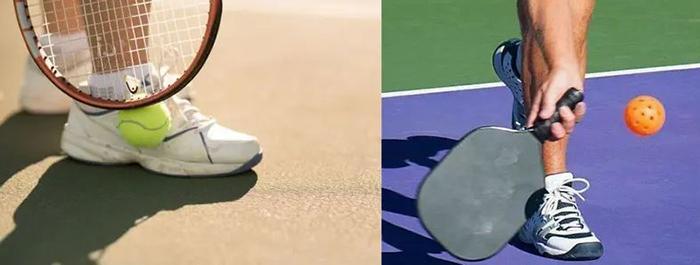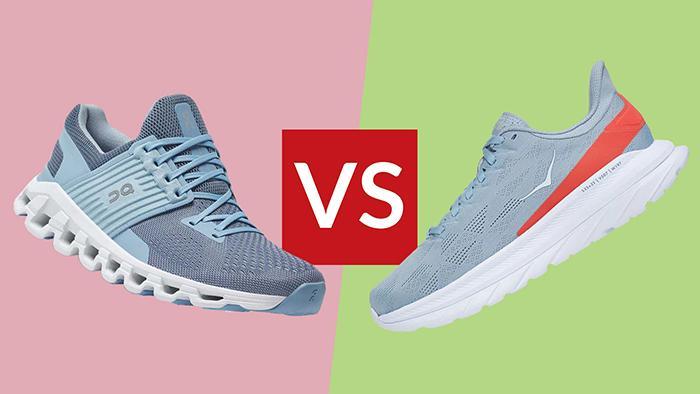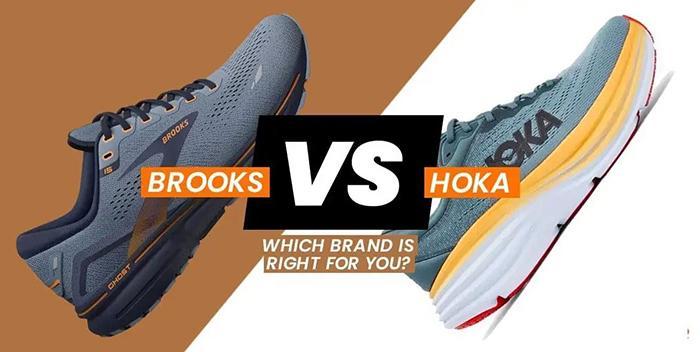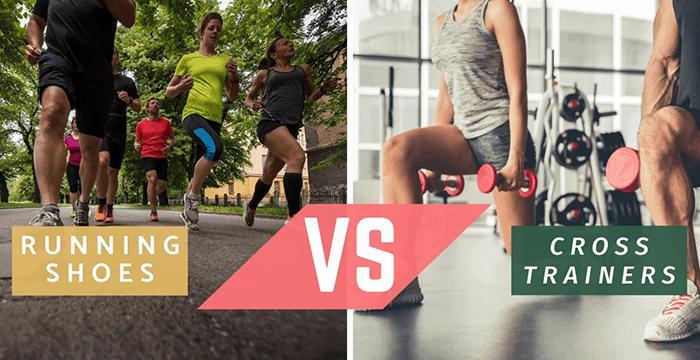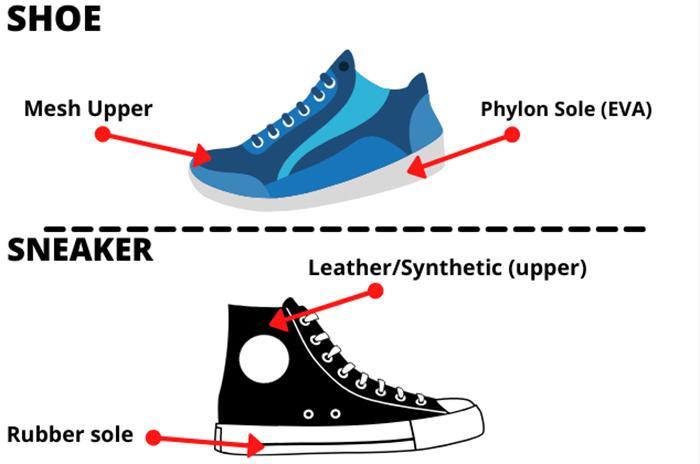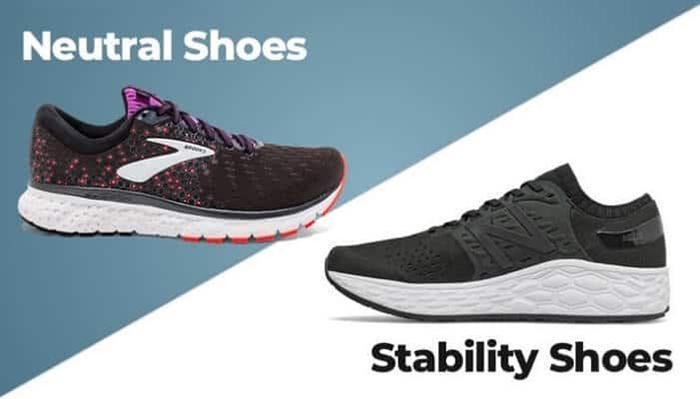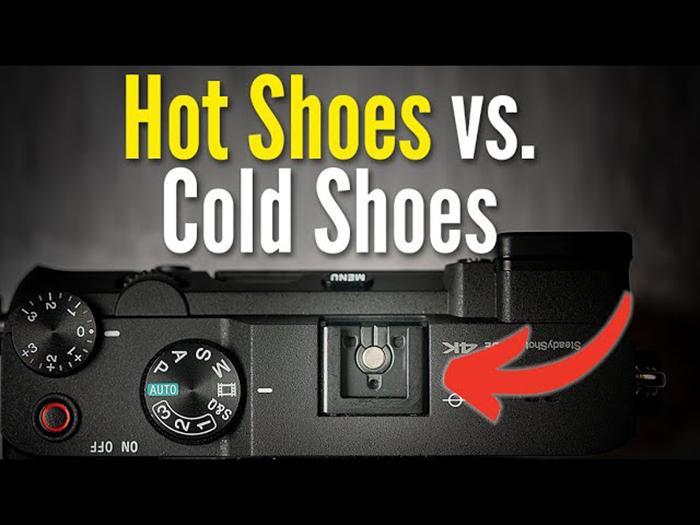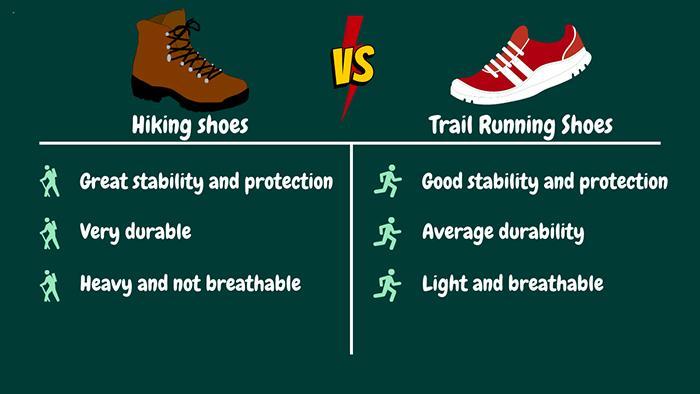Introduction
Ever wondered what those mysterious abbreviations on your child’s shoes mean? In this blog post, we’ll dive deep into the world of toddler footwear and unravel the mystery behind ‘Td’ in shoe sizing.
You might be surprised to learn that it stands for Toddler – but that’s just the tip of the iceberg! This article explores everything from understanding various shoe size acronyms, how to find the perfect fit for your little one, and even top brands offering Td shoes.
You Are Watching: What Does Td Mean In Shoes? Updated 01/2025
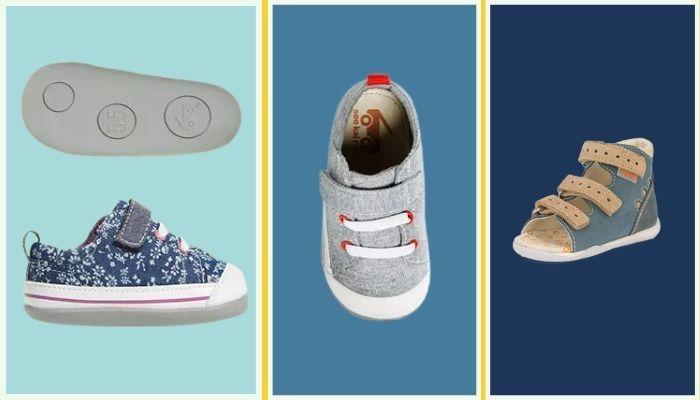
Key Takeaways
- Td stands for toddler in shoe sizing, catering to children between the ages of 1-4 years old.
- Ill – fitting shoes can cause discomfort and hinder healthy foot development in toddlers, leading to potential foot issues and discomfort later in life.
- To find the right shoe size for your toddler, measure both feet accurately at the end of the day when feet are at their largest. Choose footwear that is flexible, breathable, supportive, and provides enough room for growth. Popular brands like Nike SB and Adidas offer a wide selection of comfortable and high-quality Td shoes suitable for different needs and style preferences.
Understanding Shoe Sizes And Acronyms For Toddlers
To ensure you’re purchasing the correct size for your toddler’s feet, it’s important to understand the various sizing categories and acronyms used in the shoe industry, which include TD (Toddler), I (Infant), PS (Preschool), GS (Grade School), and BC (Baby Crib).
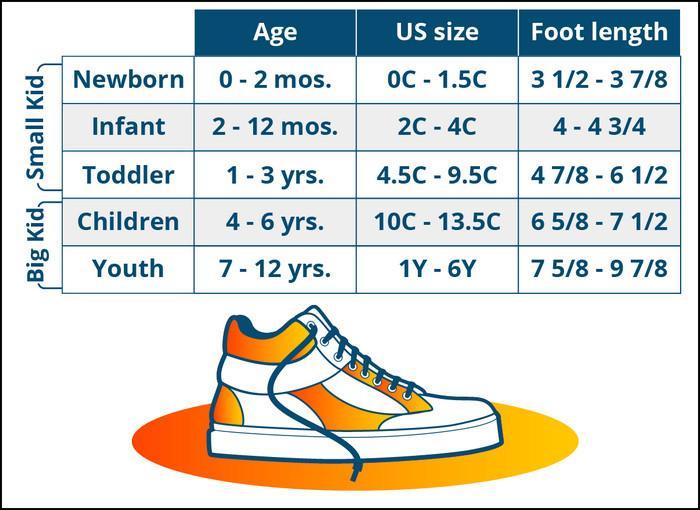
TD: Toddler
Understanding the term “TD: Toddler” in relation to shoe sizes is crucial for parents and caregivers purchasing footwear for young children. TD, which stands for toddler, refers to a specific size category designed exclusively for toddlers who are learning how to walk and explore their surroundings.
When shopping for TD shoes, it’s essential to consider how each brand may use slightly different sizing charts or measurements. For example, Nike Td shoes might fit differently than Adidas Td shoes due to variations in design or materials used.
I: Infant
The ‘I’ in shoes stands for “Infant,” specifically referring to footwear designed for babies under the age of 1.
As babies grow rapidly during the first year, it’s important to monitor their foot development and adjust footwear accordingly. Finding infant shoes with proper support can be critical in ensuring healthy development while offering flexibility as your baby discovers new movements.
For instance, soft-soled crib shoes or booties can provide gentle protection while allowing freedom of movement at home.
PS: Preschool
PS, which stands for Preschool, refers to shoe sizes designed specifically for kids between the ages of three and five.
In this age range, children’s feet experience rapid growth spurts, making it crucial to find well-fitting shoes that provide comfort and support while allowing room for growth without causing discomfort or hindering their development.
For example, some popular brands such as Nike and Adidas offer a wide variety of styles in preschool sizing catering to different preferences – from sneakers designed with fun patterns and colors to more supportive options geared towards sports activities.
GS: Grade School
GS, an acronym for “Grade School,” is used to refer to shoe sizes that fit school-aged children. These shoes fall within the range of average expected sizes for kids and typically range from sizes 1 to 6.
When shopping for shoes for grade school kids, it’s important to consider factors like comfort, support, and safety. Top brands like Nike, Adidas, and Reebok offer a wide selection of GS-sized shoes designed with the needs of active young feet in mind.
BC: Baby Crib
Baby crib shoes, abbreviated as “BC,” are the smallest size of shoes designed for newborns up to two months old. These tiny shoes come in various styles and designs with soft soles to protect the baby’s delicate feet and promote free movement.
Baby crib shoe sizes range from 0 to 2, which corresponds to an infant’s foot length between 3.5 inches and 4.25 inches.
Importance Of Finding The Right Shoe Size For Toddlers
Ill-fitting shoes can have a significant impact on toddlers’ feet, leading to potential foot issues and discomfort; that’s why it’s crucial to find the right shoe size for them.
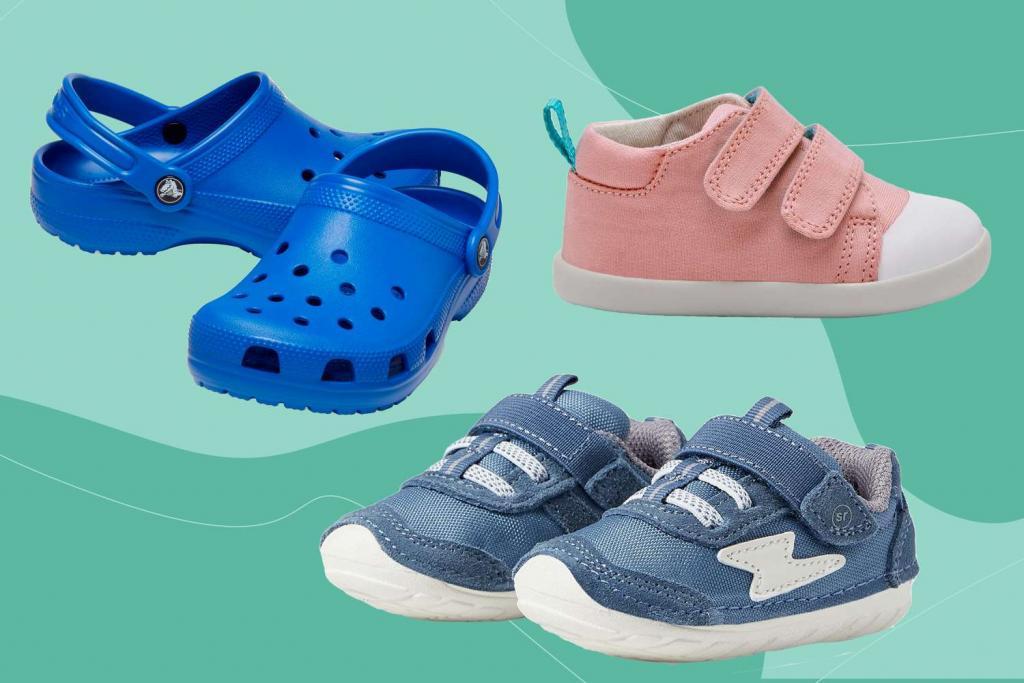
The Impact Of Ill-fitting Shoes On Toddlers’ Feet
Choosing the right shoe size for toddlers is crucial in preventing foot injuries and deformities. Ill-fitting shoes can cause discomfort, pain, and even serious health consequences later in life.
When children wear shoes that are too small or too big, it can lead to blisters, calluses, and corns.
In addition to physical discomfort, poorly fitted shoes can hinder a child’s natural foot development. This may result in common problems such as flat feet or high arches when they grow up.
Therefore, parents should ensure that their child’s footwear provides proper support, flexibility, breathability, traction and safety – all essential factors for healthy foot growth during childhood years.
How Td Shoe Sizes Differ From Other Size Measurements
When it comes to buying shoes for toddlers, you may have noticed that the sizing is different than adult sizes. TD shoe sizes are specifically designed for toddlers between the ages of 1 and 3 years old.
Unlike other size measurements, TD shoes are gender-specific to ensure a proper fit for your child’s foot. For example, a toddler girl’s shoe size would be labeled as “TD G” while a toddler boy’s size would be labeled as “TD B.” It is essential to find the right shoe size for your toddler because their growing feet need plenty of space to develop properly.
Read More : Tennis Shoes Vs Running Shoes Updated 01/2025
Ill-fitting shoes can cause discomfort and hinder foot development in young children.
How To Measure A Toddler’s Foot For The Right Shoe Size
To ensure you get the right fit for your toddler’s shoes, it’s important to know how to measure their feet accurately. In this section, we’ll cover measuring both feet, choosing the right time of day for measurement, and ensuring there is enough room for growth.
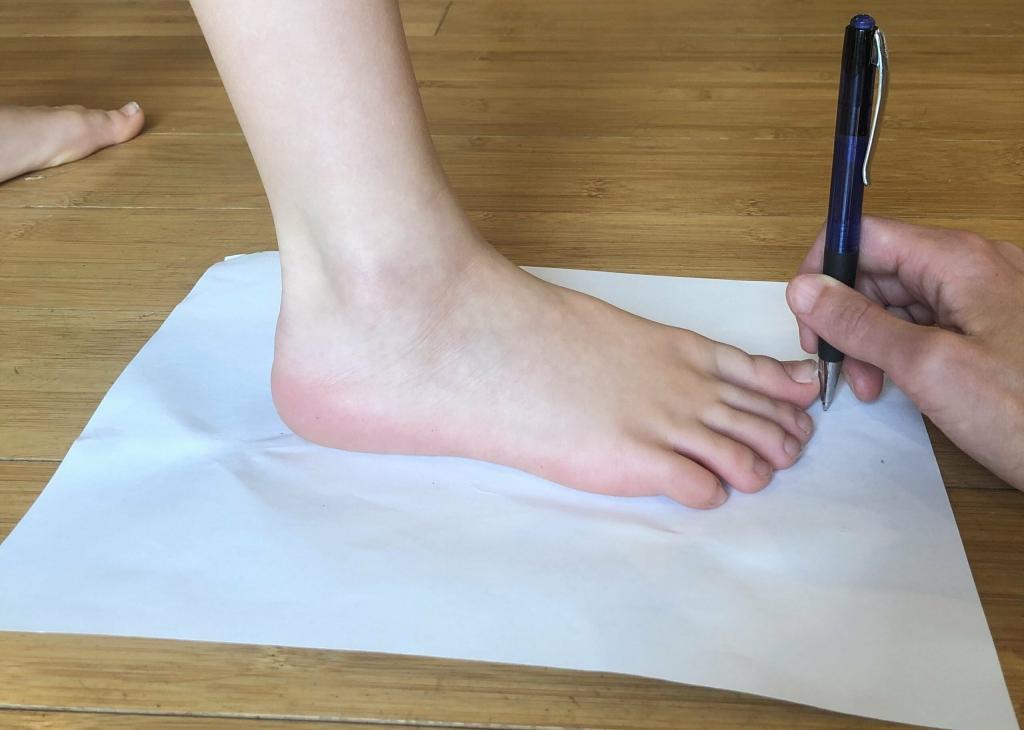
Measuring Both Feet
Measuring both feet is crucial when finding the right shoe size for toddlers. It’s essential to measure both feet as children’s feet can vary in size, and one foot may be slightly bigger than the other.
To get an accurate measurement, trace around both feet on a piece of paper and then measure the tracing with a ruler or measuring tape. Remember to measure at the end of the day when your child’s feet are at their largest due to swelling from daily activities.
By following these tips, you can help prevent discomfort and potential foot problems that may arise from ill-fitting shoes such as blisters, corns, or calluses. Properly fitting shoes also promote healthy foot development by providing adequate support and comfort for growing feet.
Choosing The Right Time Of Day
It is advisable to measure their feet in the late afternoon or early evening when feet tend to swell naturally throughout the day.
Measuring at this point ensures that parents can purchase shoes that are not too tight and restrict blood flow or too loose and provide little support. Another factor to consider when measuring a child’s foot is ensuring there is enough room left for growth.
Children’s feet typically grow half a size every three months on average, so it’s crucial always to measure them regularly and make sure they fit properly.
Ensuring There Is Enough Room For Growth
Their feet can grow up to half a size every two to four months during their toddler years, so having enough space in their shoes is important for healthy foot development.
When buying new shoes, make sure there’s about a thumb-width distance between the toes’ end and the shoe tip. It allows room for movement without compromising support.
Also, opt for adjustable fasteners such as laces or straps instead of slip-ons to provide even more flexibility as your child grows.
Factors To Consider When Buying Toddler Shoes
Consider the flexibility, breathability, traction, safety, and support of toddler shoes before making a purchase to ensure your child’s feet are protected.
Flexibility And Breathability
When it comes to buying shoes for toddlers, flexibility and breathability should be some of the top factors to consider. Flexible soles allow for natural foot movement and help little ones develop balance, gait, and stride.
Breathable materials such as leather keep their feet cool and dry while reducing the risk of infections or smelly feet.
Soft upper materials like mesh or knit are also great options as they provide more flexibility than stiff materials like plastics or rubber. Some shoe brands even incorporate innovative designs that enhance breathability further by creating ventilation channels in the soles or adding perforations on the upper materials.
Traction And Safety
Toddlers need shoes with rubber soles that provide adequate grip and prevent slipping or sliding, especially when they’re running or playing outdoors.
Moreover, it’s essential to choose footwear that offers enough support without being too stiff or compressive. Stiff shoes may cause deformities in children’s feet, weaken their muscles over time, and limit their mobility.
By selecting the right shoe size and type based on your child’s age, size, and activities preferences- leather shoes with ergonomic designs- You can ensure their feet stay healthy as they grow up.
Comfort And Support
Toddlers’ feet are still developing, and they need footwear that can provide adequate foot support, muscle tone, joint stability, cushioning, breathability, flexibility, sensory feedback, arch support and durability.
To find comfortable shoes for toddlers with good foot support and other essential features mentioned above. We recommend prioritizing trusted brands like Nike Td shoes , Adidas Td shoes , Reebok Td shoes while also considering your child’s unique needs.
Age And Size Of The Child
It’s important to consider both the age and size of your child when buying toddler shoes. Children grow at different rates, so it’s essential to ensure a proper fit for their feet.
Shoes that are too tight or loose can cause discomfort and even lead to foot problems later on.
When choosing shoes based on age appropriateness, there are three main categories: toddlers (1-3 years), preschoolers (4-6 years) and grade school children (7-12 years). Toddlers require flexibility and support in their footwear as they learn how to walk properly.
Style And Preferences
Finding the perfect pair of shoes for your toddler involves more than just finding the right size and fit. It’s also important to consider their style and preferences.
Read More : What Color Shoes Go With A Gold Dress Updated 01/2025
After all, a happy child is one that feels comfortable in what they’re wearing! When selecting shoes for your little one, take into account their favorite colors, patterns, and designs.
Some toddlers may prefer bright neon colors while others enjoy simple black or white sneakers.
However, it’s important not to prioritize style over practical concerns such as durability and safety. Look for well-made shoes with good traction that can withstand the wear and tear of an active toddler lifestyle.
Comfort should also be a top priority – choose shoes with ample cushioning and support to protect your child’s developing feet.
Top Brands And Models For Td Shoes
Some of the best brands for Td shoes include Nike, Adidas, and Reebok, with popular models such as Air Max 90 TD, Superstar Foundation Toddler Shoes, and Classic Leather Pastel TD.
Nike Td Shoes
Nike TD shoes are among the top brands and models for toddler shoes. These shoes are specifically designed for 1 to 3-year-old toddlers, ensuring their growing feet get the necessary support and comfort they need.
Nike offers a Kids’ Footwear Size Chart to help parents find the right shoe size for their child’s feet. Nike TD shoes come in a variety of styles, ranging from lightweight trainers to durable running shoes that can provide extra cushioning and support.
When buying Nike TD shoes, consider factors such as flexibility, breathability, traction, safety, age, size of the child and style preferences.
Adidas Td Shoes
Adidas is a popular brand known for their stylish and comfortable athletic footwear, including Td shoes designed specifically for toddlers. Adidas offers a range of options that provide the right balance of support, flexibility and comfort needed for growing feet.
Some top models include the Superstar Td shoes, which are perfect for casual wear and feature an iconic design with premium materials. For sports enthusiasts, the Ultraboost Td shoes will help toddlers stay active in style with responsive cushioning and breathable construction.
When shopping for Adidas Td shoes, it’s important to choose designs that fit your child’s specific needs while providing adequate support to avoid foot pain or discomfort.
Reebok Td Shoes
Reebok is a brand that has been providing fashionable athletic shoes and apparel essentials for years. Their Td shoes are perfect for toddlers who love to run, play, and explore their surroundings.
What sets Reebok TD shoes apart from other brands is the quality of materials used in creating them. They are made with breathable fabrics and have extra cushioning for added comfort and support which makes them ideal for those active little ones.
Some models even have non-slip soles that provide total traction, safety, and lower the risk of slips or falls.
Other Popular Brands
Aside from Nike, Adidas, and Reebok, several other popular brands offer high-quality Td shoes for children. One of these brands is New Balance, which offers a range of sneakers specifically designed to support growing feet.
Another popular brand among parents is Stride Rite, known for its comfortable and flexible footwear that promotes natural foot movement. Skechers also offers a variety of shoes for toddlers with memory foam insoles and durable outsoles perfect for active playtime.
Common Questions About Td Shoe Sizes
What Is The Difference Between TD And PS Sizing?
TD and PS are two different categories used by shoe brands to distinguish between shoes for toddlers and preschoolers, respectively. TD stands for “Toddler,” while PS stands for “Preschool.” Toddler shoes typically range from 2C to 10C in size, while Preschool shoes usually range from 10.5C to 3Y.
The difference in sizing allows companies like Nike to cater specifically to the needs of these age groups with appropriate features such as flexible soles and sturdy construction for active kids.
How Do Different Shoe Brands Measure Their Sizes?
Different shoe brands use a variety of methods to measure their sizes, which can include the length, width, and height of the shoe. Some manufacturers may also consider other factors such as age and foot shape when determining their sizing standards.
For example, Nike uses a combination of size charts for toddlers and youth that take into account both foot length and age. Adidas experts explain that different shoes fit in different sizes due to variations in materials, construction, and design.
What Are The Best Materials For Td Shoes?
When it comes to choosing the best materials for toddler shoes, comfort and safety are of utmost importance. Breathable fabrics like mesh or canvas are great options as they promote air circulation and prevent excess moisture buildup, reducing the risk of fungal infections.
Additionally, high-quality rubber soles with good traction can help prevent slips and falls.
Ultimately, the best material for Td shoes depends on individual preferences and needs. It’s important to find shoes that fit well, provide ample support and stability while offering sufficient room for growth.
Conclusion
In conclusion, understanding shoe sizes for toddlers is crucial for parents and caregivers to ensure their children’s comfort and safety. TD shoes stand for toddler-sized shoes, specifically designed to fit the needs of young children aged 1-3 years old.
It’s essential to measure a toddler’s feet correctly before purchasing new shoes and considering factors such as flexibility, breathability, support, traction, age, size, style preferences when selecting the right footwear.
Popular brands like Nike SB and Adidas offer comfortable and supportive Td shoes that are perfect for your little ones’ growing feet.
Sources: https://www.centuryinshoes.com
Category: Shoes

